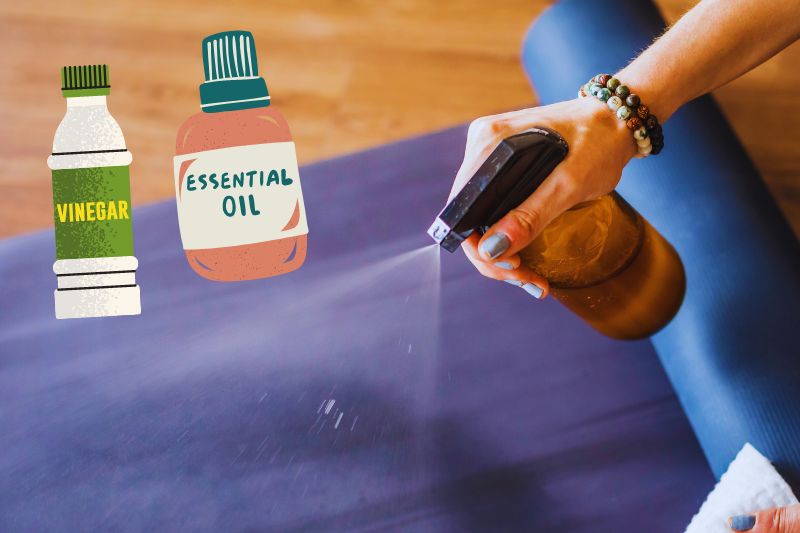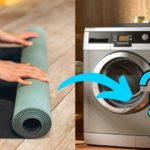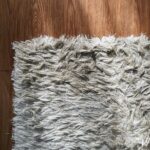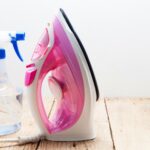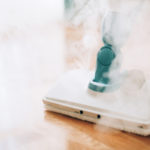Sweaty workouts can lead to a buildup of dirt, germs and unpleasant odours on your yoga mat.
But what can you clean it with that won’t damage the material or irritate your skin?
Well, there are several options that utilise simple yet effective household ingredients. Most of which you’ll probably already have on hand.
From natural deodorisers to antibacterial essential oil combos, find out how to make a DIY yoga mat cleaner solution below.
What Should You Clean a Yoga Mat With?
While there are many commercial yoga mat cleaners on the market, they often contain harsh chemicals.
Although these may kill off hidden germs, they can cause skin irritation and be detrimental to the environment.
Even 50:50 water and hydrogen peroxide mixtures can be problematic if your bare hands and feet come into contact with them.
Instead, making your own DIY yoga mat cleaner with natural ingredients is safer, cheaper and more eco-friendly.
To find out which cleaner to use on your mat, check the label or original packaging first. If there are any specialist cleaning requirements, they should be listed here.
You’ll also need to establish whether you have an open cell (textured) mat or a closed cell mat (smooth).
Closed cell mats can be submerged in soapy water for deep cleaning, but open cell mats are more absorbent.
Because of this porosity, soaking may cause the material to disintegrate. With that in mind, stick to wiping them down with one of the following solutions instead.
How to Make a Homemade Yoga Mat Cleaner
If you’re looking for easy ways to clean your yoga mat, three of the best options are covered below.
Just bear in mind that as essential oils are vulnerable to UV damage, they should be stored in amber-coloured bottles.
To make applying your DIY cleaner easier, consider using a refillable spray bottle like one of these ALIFEIA bottles available on Amazon.
Method 1 – White vinegar or witch hazel & essential oils
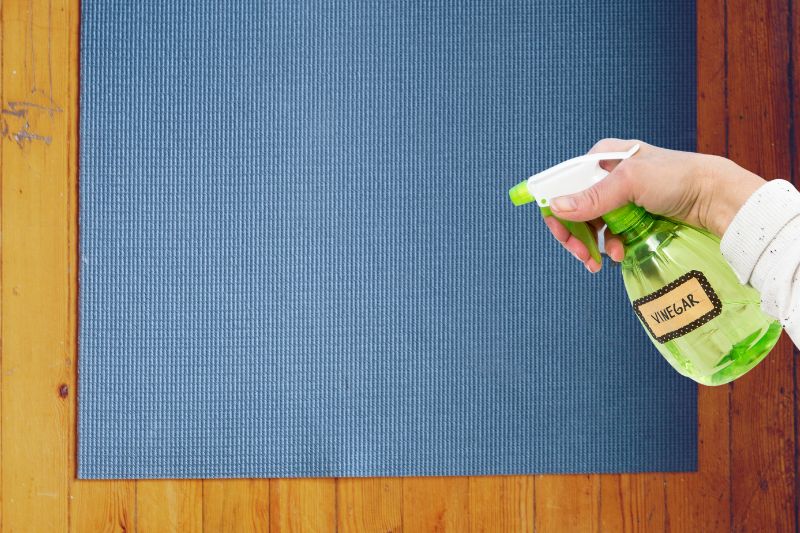
- Start by unrolling your mat and checking for any dirt or debris. This will be likely if you wear shoes while working out or place it on dusty floors. Shake off the mat outside or brush the surface before you begin cleaning to avoid smearing the dirt around.
- Next, fill your spray bottle around three quarters full of water. Ideally, use distilled or filtered water. This has fewer impurities that could impact the solution’s effectiveness.
- Then fill the remaining quarter with either white vinegar or witch hazel. Vinegar contains 5% acetic acid which can help to deactivate certain bacteria, while witch hazel has antiviral and antiseptic properties. Both are 100% natural and skin-safe.
- The next step is to select your favourite essential oils to give the formula a pleasant fragrance. And in many cases, additional germ-fighting capabilities too. Popular choices include clean-smelling, antimicrobial tea tree oil, and relaxing, anti-bacterial lavender. Peppermint, eucalyptus and lemongrass are also great natural cleansers with fresh scents. Add in 4-10 drops of your chosen oil depending on how strong you’d like the aroma to be. You can even add a mixture of 2-3 oils if you like. Tip: don’t use too much essential oil as it may be irritating or make your mat slippery.
- Shake the spray bottle well to combine the ingredients, then roll your yoga mat out flat. Spray the solution lightly over the surface, being careful not to drench it. Once damp, leave it to sit for a couple of minutes.
- Next, wipe the surface clean with a microfibre cloth or clean white towel, then leave it to air dry for 1-2 hours. You can either leave it laid out flat or hang it over the back of chair. On a sunny day, you could also dry it outside to speed up the process. However, keep it out of direct sunlight as this can make the material brittle.
- When the mat is dry, flip it over, lay it out on a clean surface and repeat the process on the other side. Don’t roll it up until both sides are completely dry or the trapped moisture could lead to mould developing.
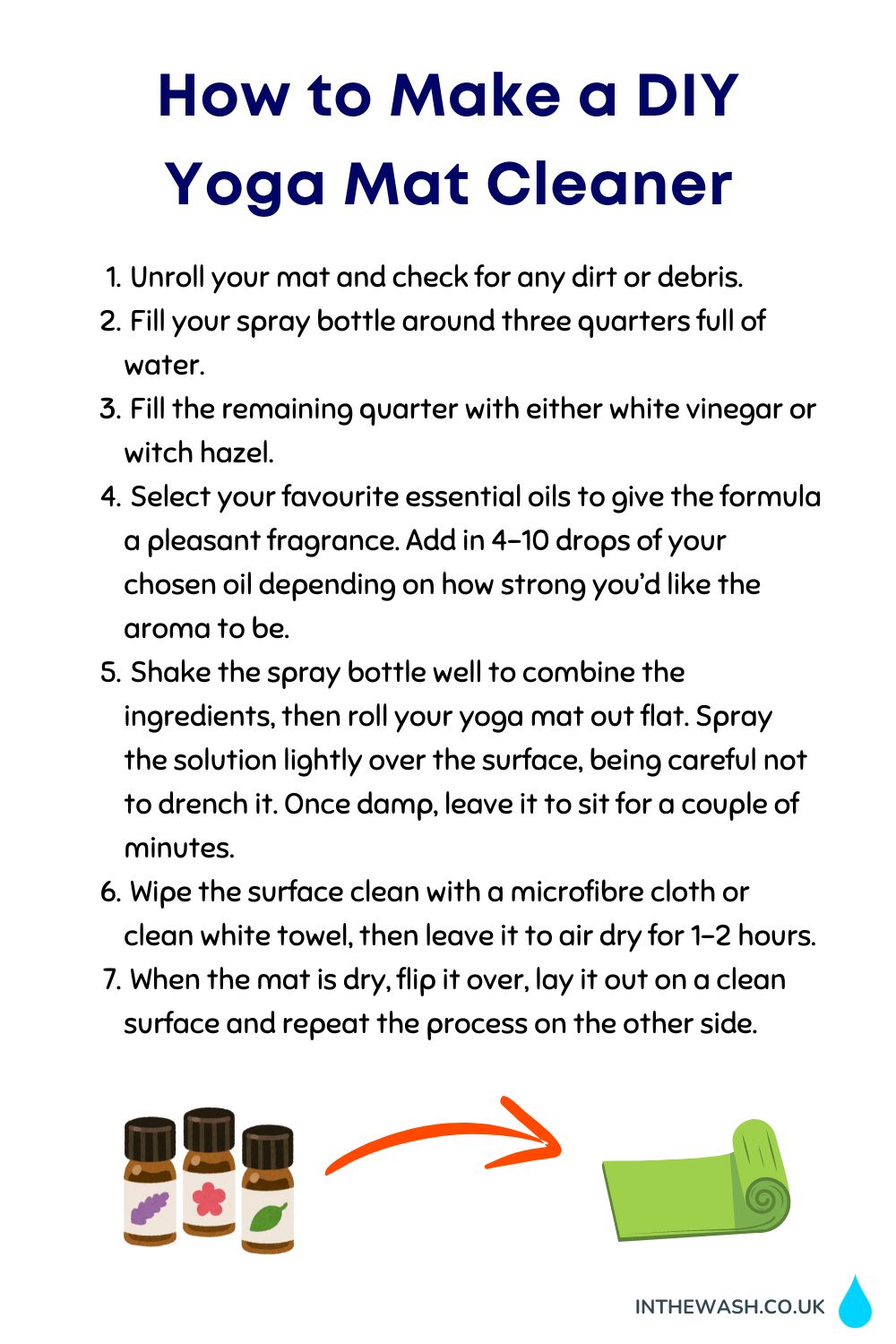
Method 2 – Bicarbonate of soda & lemon juice
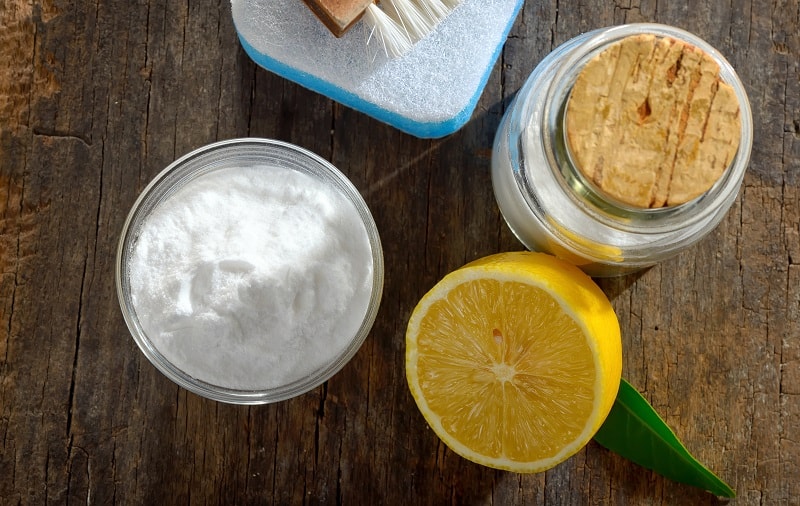
If your yoga mat gets smelly with regular use, you can try using bicarbonate of soda to absorb the odour.
All you need to do is mix one teaspoon of bicarb into a cup of water with 5-10 drops of lemon juice.
Shake well, then spritz onto your mat and leave for 5 minutes to let this natural deodoriser do its work.
When time’s up, wipe down the surface with a clean, damp microfibre cloth to remove any leftover residue. Then air dry as described above.
Alternatively, you can sprinkle bicarbonate of soda directly onto your mat. Use around one quarter of a cup and rub it in to help soak up any sweat and skin oils trapped in the material.
Then shake the excess powder off outside or run your vacuum cleaner over the surface on low power. Finish off by wiping the mat down with a damp cloth.
Method 3 – Diluted washing up liquid
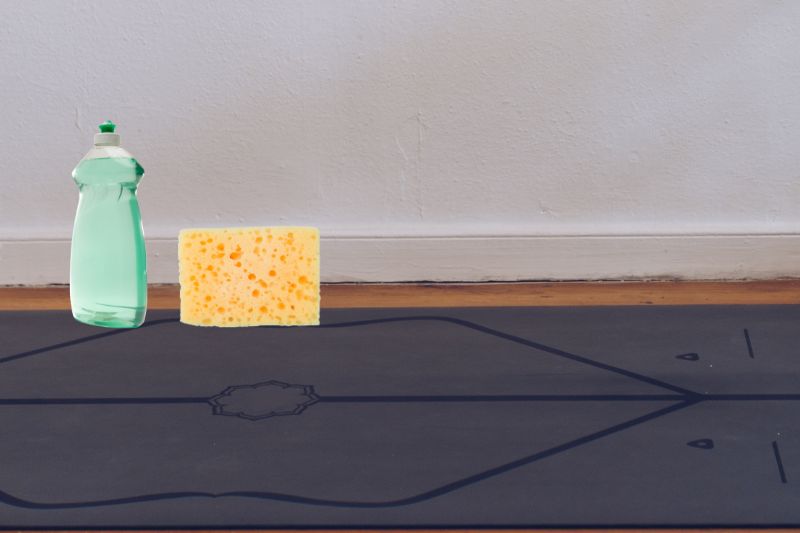
Thrown away the packaging and not sure which products are safe to use on your mat? Then a quick once-over with some mild dish liquid is generally a safe bet.
Dampen a soft cloth or non-abrasive sponge and add a couple of drops of a clear washing up liquid like Ecover Camomile & Clementine.
Then, use circular motions to clean your mat, working from one end to the other. Lastly, rinse off the soap suds with a fresh cloth dipped in clean water.
If you do workouts every day or multiple times a week, deep clean your mat every week. In between, you can use wet wipes to freshen it up if you feel it’s needed.
Using a yoga towel on top of your mat will also help to keep it cleaner for longer.
It’s as simple as that!

A proud Yorkshire lass with a love for movies, music and cosy nights in! Once a self-confessed avoider of cleaning, she’s always on the lookout for new ways to make household chores as quick and simple as possible.
